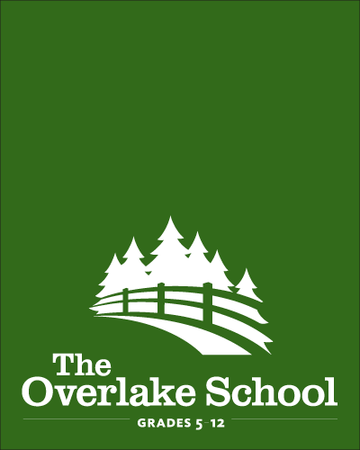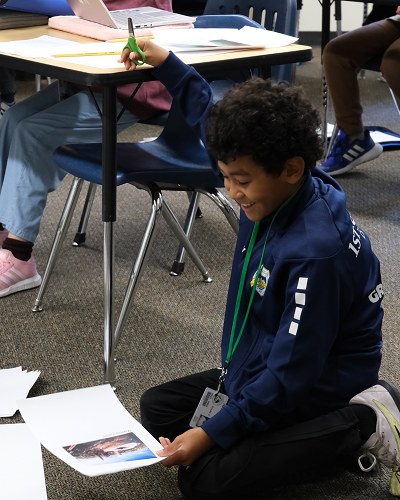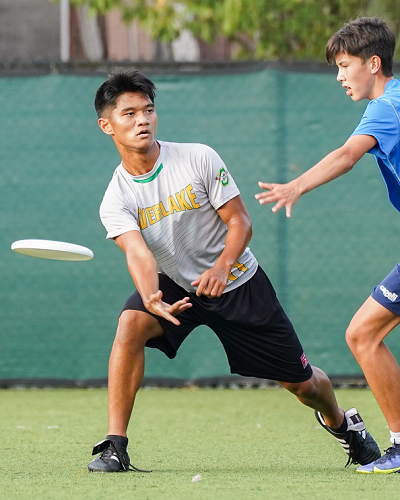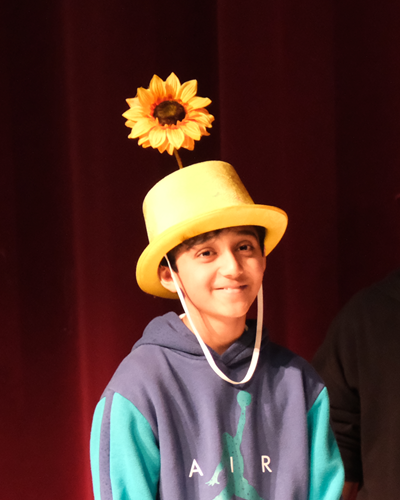Ski Bus Safety
Ski and Snowboarding Safety
Over the years it has become clear that snow sports introduce certain risks of injury that require special attention. It is the position of the Ski Bus Coordinators and the Overlake School Administrators that the Ski Bus program needs to enforce certain safety guidelines and requirements. After seeing a trend in head injuries, helmets have become mandatory. As discussed below, additional rules and policies are set up to assure not just individual safety, but the safety and comfort of everyone involved, including other skiers/boarders, bus drivers, ski area operators, Chaperones and Program Coordinators.
Although we stress on safety, there is an inherent risk involved when participating in the Overlake Ski Bus program. As the evening advances, the visibility in the ski area becomes poor. We’re a social program where many kids ski as a group and not all of the kids in the group are of equal ability. Due to the nature of the ski resorts in the Pacific Northwest, we tend to have highly varied snow conditions. We may have powder one day and ice the next. In addition, there may be more exposed rocks, narrow runs and more trees. These varied conditions require more advanced skills. Added up, skiing or snowboarding can be dangerous. Students will be reminded of safety guidelines and notified of the current ski conditions on the bus prior to arrival at the ski area.
Safety Requirements
- Ski helmets are a requirement to participate in the program.
- Ski in bounds within the ski area’s groomed areas. This is non-negotiable.
- Responsibility Code
According to the NSAA, each skier needs to adhere to the “responsibility code” which is also posted by the ski areas. Skiing/boarding can be enjoyed in many ways. At ski areas you may see people using alpine, snowboard, telemark, cross country and other specialized ski equipment, such as that used by disabled or other skiers. Regardless of how you decide to enjoy the slopes, always show courtesy to others and be aware that there are elements of risk in skiing that common sense and personal awareness can help reduce. Observe the code listed below and share with other skiers the responsibility for a great skiing experience.- Always stay in control.
- People ahead of you have the right of way.
- Stop in a safe place for you and others.
- Whenever starting downhill or merging, look uphill and yield.
- Use devices to help prevent runaway equipment.
- Observe signs and warnings, and keep off closed trails.
- Know how to use the lifts safely.
- If you are fatigued take a break; most injuries happen when someone is tired or on their last run of the day.
Safety Recommendations
- It is recommended that all beginner and intermediate skiers/boarders take lessons.
- Students are also encouraged to have clear (no color) goggles for night skiing, as well as regular tinted goggles for day trips



